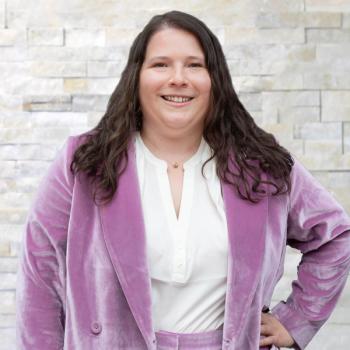
New Fluorescent Probe Developed for Detecting Aluminum (Al3+) Ions
A new fluorescent probe designed and synthesized by researchers can effectively and selectively detect Al3+ ions through the coexistence of photo-induced electron transfer (PET) and twisted intramolecular charge transfer (TICT) mechanisms.
Researchers from Dalian Polytechnic University in China have designed and synthesized a new fluorescent probe that can selectively detect aluminum ions (Al3+). The probe, called (E)-((2,4-dihydroxybenzyl)diazenyl)(pyridin-2-yl)methanone (HL), was studied using density functional theory (DFT) and time-dependent density functional theory (TD-DFT) to understand its excited state dynamics mechanism.
The study, published in the journal Spectrochimica Acta Part A: Molecular and Biomolecular Spectroscopy, provides a better understanding of the excited state dynamics mechanism of HL and may lead to the development of more effective fluorescent probes for detecting metal ions (1).
DFT and TD-DFT are widely used computational tools to understand the excited state dynamics mechanisms of molecules. DFT is used to calculate the potential energy surfaces (PESs) of molecules and determine the probability of various excited state pathways. TD-DFT is used to calculate the electronic transitions and predict the spectral properties of molecules. These techniques can provide valuable insights into the electronic structure and excited state dynamics of molecules, which are crucial for designing new materials with desired optical properties. In this specific study, DFT and TD-DFT were used to explain the fluorescence quenching and enhancement behaviors of a fluorescent probe designed to detect Al3+.
The researchers found that the excited-state intramolecular proton transfer (ESIPT) process hardly occurs because of high reaction barriers, which means that the fluorescence quenching behavior of HL is not based on ESIPT. Instead, an electron on C=N in HL can be transferred to the fluorophore during excitation, accompanied by the photo-induced electron transfer (PET) process. The excited state can then undergo a twisted intramolecular charge transfer (TICT) process, which releases non-radiative decay.
The ESIPT process is a mechanism where the excited-state proton is transferred from a donor group to an acceptor group within the same molecule. In contrast, the photo-induced electron transfer (PET) process involves the transfer of an electron from a donor to an acceptor molecule upon photoexcitation. The twisted intramolecular charge transfer (TICT) process refers to the excited-state phenomenon in which a molecule undergoes a geometrical distortion that facilitates the transfer of charge from one end to another through a twisted intramolecular pathway. In the case of HL, the PET process occurred in the absence of Al3+, accompanied by an electron transfer from C=N to the fluorophore. The excited state of HL could undergo a TICT process, releasing non-radiative decay. After binding to Al3+, the PET process no longer occurred, and the TICT process was eliminated, resulting in a significant fluorescence enhancement.
After binding to Al3+, the PET process no longer occurs, and the TICT process is eliminated, resulting in a significant enhancement in fluorescence. The researchers' calculation results explain the quenching and enhancement behaviors of fluorescence before and after the reaction with Al3+.
The new probe is not only effective but also selective in detecting Al3+. This is important as aluminum is widely used in industries such as construction, transportation, and packaging, and overexposure to aluminum can have negative effects on human health.
Reference
(1) Li, W.; Liu, X.; Wang, Y.; Wang, Y.; Hou, Y.; Tian, J.; Fei, X. Investigation on Non-radioactive Behavior of an Acylhydrazone-based Fluorescent Probe: Coexistence of PET and TICT Mechanisms. Spectrochimica Acta Part A: Mol. Biomol. Spectrosc. 2023, 295, 122603. DOI:
Newsletter
Get essential updates on the latest spectroscopy technologies, regulatory standards, and best practices—subscribe today to Spectroscopy.



